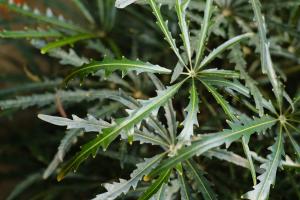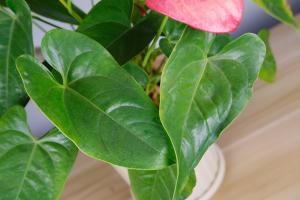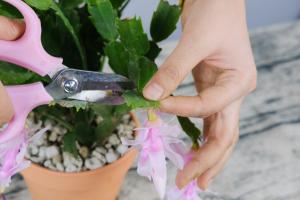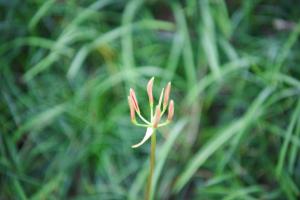Introduction
Tomato plants are a popular vegetable in many gardens worldwide. Gardeners all over the world grow tomato plants for their succulent fruit, which is used in a variety of dishes. However, tomato plants can sometimes wilt and die, causing frustration and worry for gardeners. This article aims to investigate the plant growth conditions and environmental factors that lead to tomato plants wilt and death.
Causes of Tomato Plant Wilt
Tomato plants can suffer from a variety of diseases, pests, and environmental factors that can cause them to wilt and die. One of the most common causes of tomato plant wilt is insufficient watering. Tomato plants require plenty of water to thrive, especially in hot and arid conditions. Lack of proper watering leads to dehydration, which causes the plant to wilt and eventually die. In addition, overwatering tomato plants can cause the roots to rot, leading to wilting and death.
Another common cause of tomato plant wilt is soil-borne diseases like bacterial wilt, fusarium wilt, and verticillium wilt. These diseases can cause tomato plants to wilt and die suddenly, and there is no known cure for them. Gardeners can prevent these diseases by planting disease-resistant varieties and by practicing good crop rotation.
Pests like aphids, spider mites, and whiteflies can also cause tomato plant wilt by sucking the sap, which leads to dehydration. Pests also transmit viruses that damage the plant's metabolism, leading to slow growth and eventual death.
Environmental Factors
Tomato plants are sensitive to environmental factors like temperature, humidity, and light. High temperatures can lead to the evaporation of water from the leaves, leading to dehydration and wilt. Low temperatures can slow down the plant's metabolism, leading to poor growth and wilt. Humidity levels that are too high can also promote the growth of fungal diseases like blight, which can cause tomato plant wilt.
Tomato plants require plenty of sunlight to grow and thrive. Insufficient light can cause the plant's metabolism to slow down, leading to poor growth and weak plants that are susceptible to diseases and pests.
Prevention and Treatment
Gardeners can prevent tomato plant wilt by ensuring that their plants receive adequate watering, proper nutrition, and pest control measures. They can also plant disease-resistant varieties and practice good crop rotation.
In cases where a tomato plant is already infected with a disease, the best course of action is to remove it and destroy it to prevent the disease from spreading. If the soil is infected with a disease, it's best to solarize it by covering it with a clear plastic sheet and leaving it in the sun for several days to kill the disease-causing pathogens.
In conclusion, tomato plant wilt can be caused by a variety of factors, including insufficient watering, soil-borne diseases, pests, and environmental factors like temperature and humidity. Gardeners can prevent tomato plant wilt by practicing good crop management practices and ensuring that their plants receive adequate care and attention. By taking preventative measures and identifying and treating wilt early, gardeners can enjoy healthy and thriving tomato plants.

 how many times do yo...
how many times do yo... how many planted tre...
how many planted tre... how many pine trees ...
how many pine trees ... how many pecan trees...
how many pecan trees... how many plants comp...
how many plants comp... how many plants can ...
how many plants can ... how many plants and ...
how many plants and ... how many pepper plan...
how many pepper plan...
































